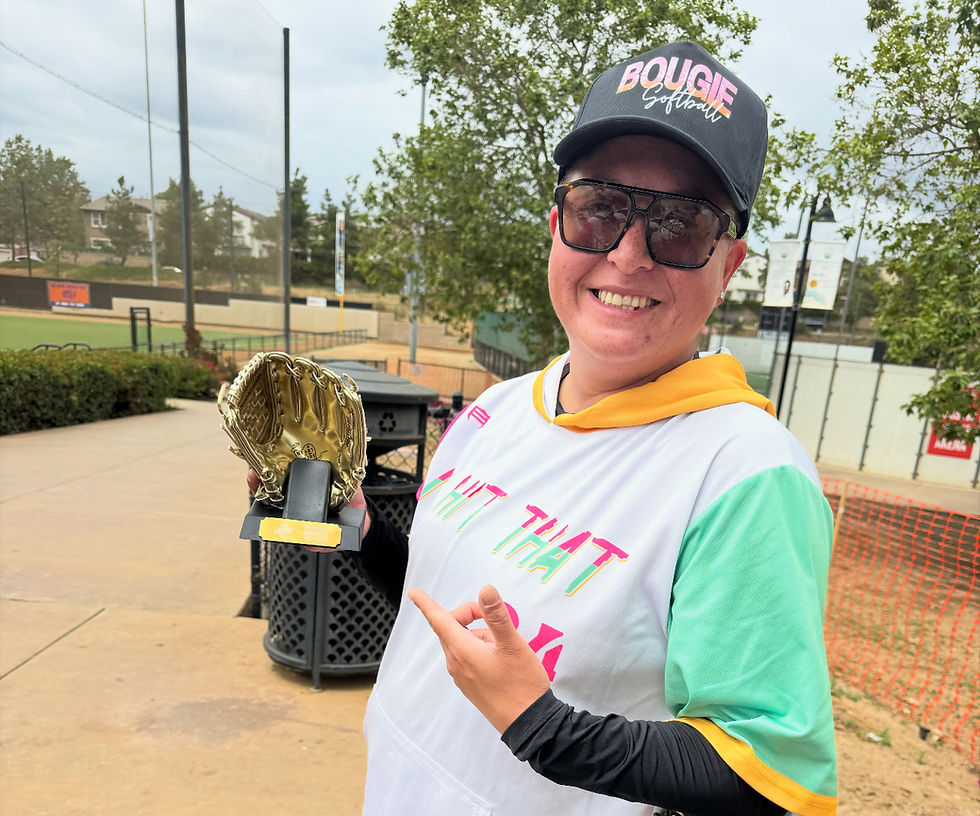What is Gullah–Geechee Culture?
- Rosalyn Bugg

- Sep 19
- 3 min read
Rosalyn Bugg
The Gullah–Geechee story is one of survival, creativity, and enduring community. These are the descendants of West Africans brought to the Carolina, Georgia, and Florida coasts during the transatlantic slave trade. In the Lowcountry and Sea Islands—often in isolated, self-sustaining communities—they kept alive much of their African heritage while blending it with new-world experiences. The result is a culture with its own language, crafts, food, music, and traditions that remain vibrant today.
Why is it important to know? Because Gullah–Geechee culture is more than history—it’s a living thread in the fabric of the South Carolina coast. Understanding it means recognizing the resilience of a people who built and preserved their identity in the face of systemic oppression. It means honoring contributions that shaped the region’s cuisine, architecture, agriculture, and music—many of which we still enjoy today without always knowing their roots.Its impact is all around us. From the sweetgrass baskets sold along the roadside, to the flavors of shrimp and grits, to the rhythms of storytelling and song, the Gullah–Geechee influence runs deep. Learning about it enriches any visit to Myrtle Beach, connecting you not just to a destination, but to the generations who made this coastline home.

Who Are They?The Gullah–Geechee people are descendants of West Africans brought to the Lowcountry and Sea Islands of South Carolina, Georgia, and Florida during the transatlantic slave trade. Thanks to geographic isolation and strong community ties, they developed a distinctive culture that blends African traditions with new-world adaptations—preserving language, foodways, music, and craftwork that remain vibrant today.
Myrtle Beach sits within the federally designated Gullah–Geechee Cultural Heritage Corridor, a National Heritage Area established by the U.S. Congress in 2006. This corridor recognizes the rich history, resilience, and living traditions of Gullah–Geechee communities along the southeastern coast.
Key Elements of Gullah–Geechee Culture
Language & Storytelling – The Gullah language is an English-based creole with strong African linguistic roots. It survives through oral storytelling, spirituals, and family traditions.
Sweetgrass Basketry – Handwoven baskets made from local marsh grasses reflect West African craftsmanship, passed down through generations.
Cuisine – Dishes like hoppin’ John, okra soup, gumbo, and red rice connect directly to West African foodways, celebrating community and history.
Spiritual & Musical Traditions – The 'ring shout,' spirituals, and call-and-response singing are deeply rooted in African worship practices.
Ties to the Myrtle Beach Area
Atlantic Beach – Known as 'The Black Pearl,' Atlantic Beach is a four block oceanside gem and was one of the few beaches Black families could visit during segregation. Founded by Gullah–Geechee families in the 1930s, it became a haven for leisure, culture, and entrepreneurship.
Sweetgrass Markets – Along the South Carolina coast, you can find artisans selling traditional baskets, a skill still practiced by Gullah–Geechee weavers.
Booker T. Washington Neighborhood – Historically significant in Myrtle Beach for its African American community life, with cultural and civic institutions that echo Gullah–Geechee heritage.
Places to Visit & Learn More
Atlantic Beach – Explore the historic 'Black Pearl' and its cultural events.
Historic Myrtle Beach Colored School Museum – Offers insight into African American education during segregation. Located at 900 Dunbar Street, the museum is open to the public from 10:00 a.m. to 12:00 p.m., Monday Wednesday and Friday.)
Freewoods Farm – This is a 40-acre living farm museum showing life on a small African American family farm between 1865 and 1900. 9515 Freewoods Road Myrtle Beach, SC 29588
Visiting these sites offers more than history—it’s an opportunity to honor the resilience of the Gullah–Geechee people, connect with living traditions, and better understand the rich cultural fabric of the Myrtle Beach region.



